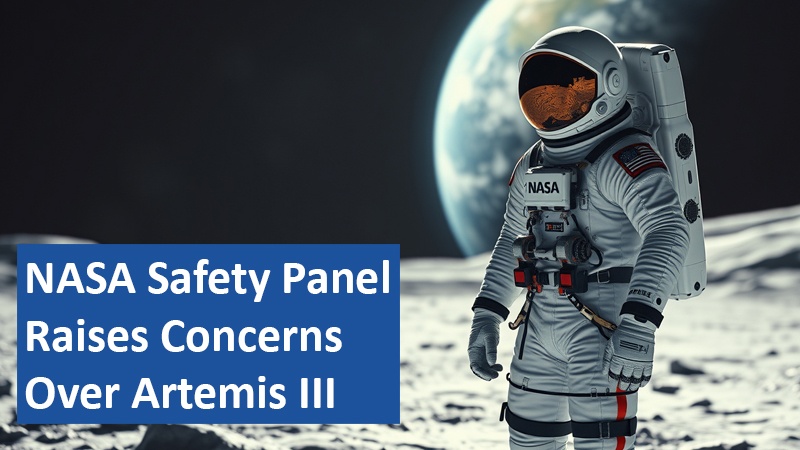
The Aerospace Safety Advisory Panel (ASAP) has released its annual report, highlighting significant risks associated with NASA’s ambitious Artemis program. While acknowledging impressive progress, the panel warns that the current plan for the Artemis III moon landing may face challenges that are too high to overcome safely.
######################################################
Now exclusively try Amazon Prime and Prime Video free for 30 days!
##########################################################
Critical Safety Observations
ASAP, led by former NASA astronaut Lieutenant General Susan J. Helms, USAF (Ret.), has identified substantial risk-related issues surrounding NASA’s planned transition to commercial low-Earth orbit destinations. The panel notes that some of these risks are not entirely within NASA’s control, raising concerns about the agency’s ability to mitigate them effectively1.
Budget Constraints and Health Risks
The report emphasizes the impact of budget constraints and uncertainty on safety measures. It also touches on relevant areas of human health and medicine in space, highlighting the potential risks astronauts may face during deep-space missions. These factors could significantly influence the feasibility and success of the Artemis missions1.
Technical Challenges and Timeline Pressure
NASA has recently announced delays in the Artemis mission schedule, with Artemis II now planned for September 2025 and Artemis III for September 2026. These postponements underscore the technical and logistical hurdles facing the program. The ASAP report specifically mentions concerns about the Orion spacecraft’s heat shield, which experienced unexpected charring during the Artemis I mission.
SpaceX’s Role and Rapid Pace
The report also scrutinizes SpaceX’s involvement in the Artemis program. While NASA has selected SpaceX to provide the human landing system for Artemis III, the panel warns against schedule pressure affecting safety measures. The increasing frequency of Falcon 9 launches and the development of the Starship human landing system require strict safety protocols.
The ASAP report serves as a crucial reminder that while the goal of returning humans to the Moon is inspiring, safety must remain the top priority. As NASA works to address these concerns, the coming months will be critical in determining whether the Artemis III mission can proceed as planned without compromising crew safety.
How will NASA balance its ambitious timeline with the safety concerns raised by ASAP? What steps can the agency take to mitigate the identified risks while maintaining progress towards its lunar exploration goals?
Based on content from www.space.com and own research.